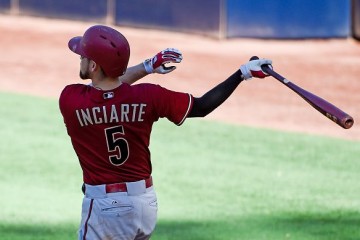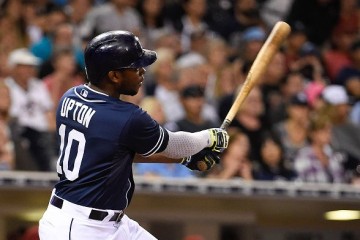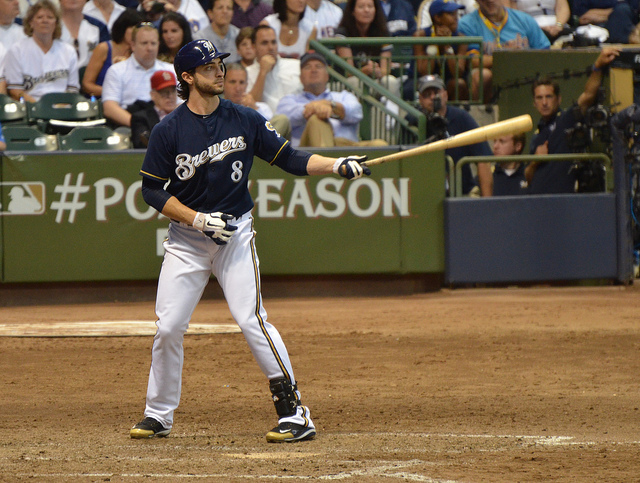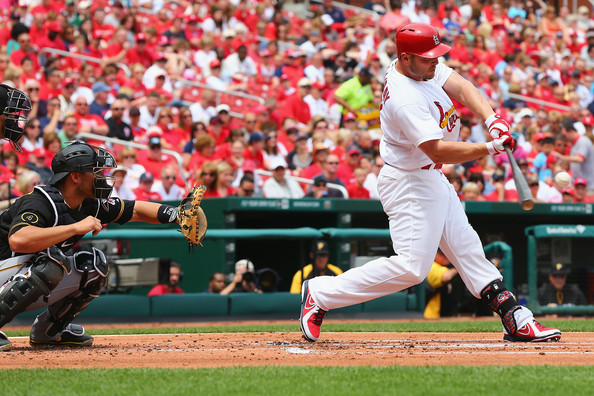2014 Fantasy Baseball: Total Run Index – ADP vs. TRI Left Fielders
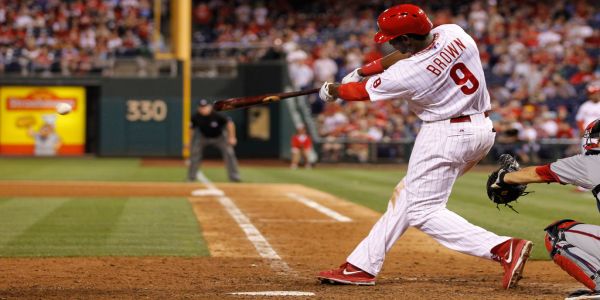

Depending on the fantasy league, outfielders may be taken all lump sum or specifically by position. I prefer to look at outfielders by position just in case. Left field has had its fair share of changes in the past year. According to NFBC, Ryan Braun will be eligible in right field instead of left field. Take away Braun and you remove the one marquee player at the position. What is left is a bunch of very good players that can be difficult to differentiate between. This is where it becomes important to see total run index (TRI) as a tool and not as gospel.
As the creator of TRI, that’s often hard to absorb. Like many other sabermetric numbers, TRI is really good at identifying the quality of a player. Most of the time, knowing the quality of a player is a valuable thing, but fantasy baseball is a quantity sport. For instance, the base running metric is a qualitative metric. It measures the proficiency of success of a player taking the extra base. It doesn’t measure how many times a player attempted it. In fantasy baseball, they measure you by the volume of success and not the rate of success.
Additionally, the hitting numbers in sabermetric data like TRI and the numbers used in fantasy baseball are different. In particular, numbers like runs and RBI are not a part of the sabermetric formulas, but they are the backbone of fantasy baseball. So, given those caveats we take a look at TRI to see if it can help us identify players that are overrated and players that are underrated. We do that by looking over three or five years to see if we can identify any trends that are occuring with individual players and the position.
|
POS |
ADP |
Index |
|
| Carlos Gonzalez |
1 |
9.22 |
+21.7 |
| Bryce Harper |
2 |
13.78 |
+20.0 |
| Justin Upton |
3 |
46.11 |
+22.2 |
| Starling Marte |
4 |
56.89 |
+8.8 |
| Matt Holliday |
5 |
57.69 |
+31.5 |
| Yoenis Cespedes |
6 |
70.78 |
+16.0 |
| Alex Gordon |
7 |
101.58 |
+22.1 |
| Domonic Brown |
8 |
102.83 |
+5.3 |
| Evan Gettis |
9 |
118.17 |
+3.3 |
| Alfonso Soriano |
10 |
121.61 |
+6.1 |
| Christian Yellich |
11 |
182.50 |
+10.3 |
| Carl Crawford |
12 |
189.56 |
+11.4 |
| Eric Young |
13 |
211.47 |
-1.8 |
| Khris Davis |
14 |
213.89 |
+10.8 |
| Michael Brantley |
15 |
214.92 |
+4.3 |
| Chris Carter |
16 |
223.22 |
+3.7 |
| Oswaldo Arcia |
17 |
273.78 |
+0.5 |
| Melky Cabrera |
18 |
277.03 |
+6.7 |
| Dayan Viciedo |
19 |
301.00 |
-2.5 |
| Junior Lake |
20 |
302.61 |
+4.1 |
TRI Bargains
Matt Holliday— St. Louis Cardinals
This is where we use TRI as a guide and not as gospel. No, Matt Holliday is likely not the best left fielder out there in terms of fantasy even though TRI says he is the best. In actuality, he should probably go second or third, but that still makes him a bargain at the fifth slot. Holliday does not offer the speed that Carlos Gonzalez or Justin Upton offer and he doesn’t offer the upside of Bryce Harper, but he is a very safe pick. He seems to roll out of bed producing 30 home runs and 100 RBI a season. I wouldn’t pick him high, but I might let some of the other guys go by and pick him in the fourth or fifth round.
Alex Gordon— Kansas City Royals
Gordon was a struggling third baseman five years ago, but now he is one of the best left fielders in baseball. He seems to be losing some of his speed as he reaches his thirties, but he is still good for twenty home runs and plenty of runs and RBIs. The Royals have a budding offensive attack. Salvador Perez and Eric Hosmer came of age last season and when you add in Billy Butler you get plenty of guys to drive him in.
TRI Players to Avoid
Domonic Brown— Philadelphia Phillies
I am always nervous when a player comes out of nowhere at a fairly advanced age. Often times they quickly go back into obscurity. The Phillies are doubling down on this action by adding Marlon Byrd to their outfield as well. Brown went on an impressive power streak, but he really hasn’t changed much in terms of plate discipline. As a flawed player he probably shouldn’t be a fantasy regular, but fantasy players are taking him eighth among left fielders. He probably should be one of the first reserves (13th or 14th) to go.
Eric Young Jr. — New York Mets
Young can be of some value because he will steal some bases, but he is a below average performer overall. Moreover, playing half of his games in Citi Field (instead of Coors Field) doesn’t bode well in the future. Like in real baseball, there is a considerable debate over how one builds their bench. Do you want players that are capable of playing regularly in a pinch or do you want players that can fill specific categories. Young can help out in the stolen base department, but it is way too early to draft for steals and there are other outfielders out there that will give you that for much less.
TRI Waiver Wire
Josh Willingham— Minnesota Twins (304.60 ADP, +15.5 TRI)
This is what happens when you have one down season. Prior to 2013, he was good for 30 home runs and at least 90 RBI. I have a hunch he will be there again, but even if he just remains healthy he is good for at least 20 home runs and 80 RBI. It seems crazy for a player that should probably split that difference to go undrafted. If he does, I would forgo drafting a backup and go ahead and make him my backup.
Carlos Quentin— San Diego Padres (327.81 ADP, +16.5 TRI)
Sure, TRI doesn’t completely translate as far as Quentin is concerned, but he is still a 20+ home run a year performer when healthy. The Padres offense is on the anemic side overall, but he should still drive in 80 runs when healthy and score close to that amount with 500 plate appearances. He has been on the shelf for long stretches the last couple of seasons, so drafters reluctance to take him makes some sense. I would still roll the dice and pick him up late in the draft or pick him up on the waiver wire based on what he could do if healthy.


